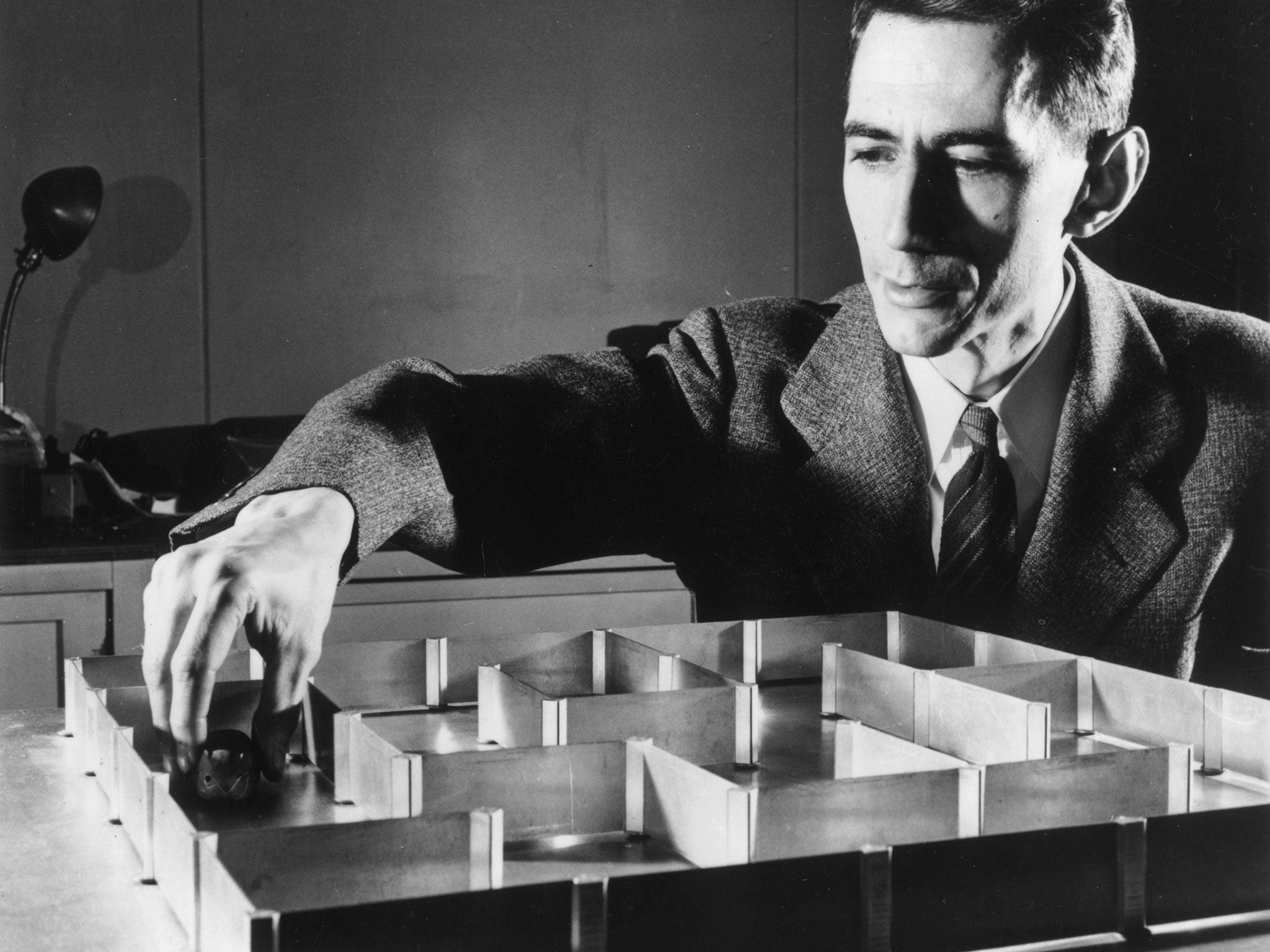Claude Shannon: Three things you'll wish you owned that the mathematician invented
As well as inventing microcomputers, and developing theories that led to the digital revolution, this American mathematician also had a frivolous side, building a machine that could solve a Rubik's Cube

Your support helps us to tell the story
From reproductive rights to climate change to Big Tech, The Independent is on the ground when the story is developing. Whether it's investigating the financials of Elon Musk's pro-Trump PAC or producing our latest documentary, 'The A Word', which shines a light on the American women fighting for reproductive rights, we know how important it is to parse out the facts from the messaging.
At such a critical moment in US history, we need reporters on the ground. Your donation allows us to keep sending journalists to speak to both sides of the story.
The Independent is trusted by Americans across the entire political spectrum. And unlike many other quality news outlets, we choose not to lock Americans out of our reporting and analysis with paywalls. We believe quality journalism should be available to everyone, paid for by those who can afford it.
Your support makes all the difference.In its time the Google Doodle has celebrated mathematicians such as John Venn, George Boole and Hertha Marks Ayrton - as well codebreaker Alan Turing, the 100th anniversary of whose birth was 23 June 2012.
Now it is the turn of Claude Shannon, who worked with Turing on Allied codebreaking during the Second World War - not at Bletchley Park, but in Washington, where Turing had been seconded in 1943 to bring the US up to speed with British cryptanalytic developments. Shannon was four years younger, 26 to Turing's 30.
Although Shannon's war-time work was crucial to the Allied effort, he did devote some of his energies to more frivolous projects.
Juggling robot
In the 1070s, Shannon built the world's first juggling robot, using an Erector Set (the equivalent of a Mecanno set). The robot, which was built to look like the Vaudevillian and film comedian WC Fields, was able to juggle three balls at one time - but bounced and caught them, rather than throwing them in the air and catching them.
Ultimate Machine
Shannon built what he called the Ultimate Machine, which he kept on his desk. It was a simple box with a single switch on it that, when you pressed, opened the box's lid to reveal a mechanical hand that reached out, flipped off the switch, and then pulled itself back inside its box, rather like a reclusive Jack-in-the-box. Sci-fi writer Arthur C Clarke saw Shannon's machine and wrote: "There is something unspeakably sinister about a machine that does nothing - absolutely nothing - except switch itself off."
The wearable computer for breaking the bank
Shannon was fascinated by game theory, and used to visit Las Vegas with his wife, Betty, and fellow MIT mathematician Ed Thorpe. There they used to play Blackjack, using their mathematical theories to count and predict card sequences. The two men also invented a small computer that could be concealed about one's person, to aid them in playing Roulette. This is considered one of the earliest wearable computers.
Claude Shannon died in 2001, although as he had been suffering from Alzheimer's Disease for some years, he was oblivious to the digital revolution he had helped create.
Join our commenting forum
Join thought-provoking conversations, follow other Independent readers and see their replies
Comments